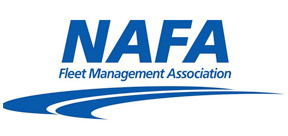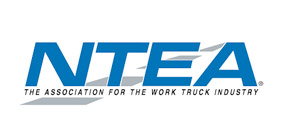Free dumping days encourage community pride

For more than 30 years, the city of Safford, Ariz. – along with surrounding communities in Graham County – has hosted a unique initiative. During Community Pride Days, residents are entitled to deliver one free load of residential trash to the regional landfill.
According to Safford Public Works Office Supervisor Amber Hogle, Safford, Thatcher, Pima, Central Graham County and the surrounding unincorporated areas of Graham County are the entities behind Community Pride Days. In her estimation, the program speaks to the collaborative spirit within the region.
“We own and run the Safford landfill,” she said. “But we’re tight-knit communities. It’s comprised of five really small towns that are right in a row. You have Solomon, Safford, Thatcher Central and Pima, and then as well as the Graham County area all around us, that utilize the Safford landfill. Anybody can go at any time to the landfill, but the program is a push to help keep our community clean and beautiful,” she said.
“All of the entities partner for Community Pride Days events and encourage their citizens to go to the landfill during that time. Since the fees are waived, there’s no weight limit. They take whatever you have, as long as it meets the criteria.”
Hogle added that while the program has been around for some time, changes have been made over the years to accommodate the needs of the communities.
“The very first Community Pride Day was just a single day back in 1994. Now, we offer it three times a year for three days each time. It’s always a Thursday, Friday and Saturday. That way it gives the weekend days for our community members to take their trash out to the landfill,” she explained.
“At one point they were doing it for a week, twice a year. But then a few years ago, we just found out that it made a little bit more sense and gave us a better opportunity to do it three times a year.”
The program takes place on select dates in February, June and October. The consistency of the schedule makes it easier for residents to plan their cleanup projects.
The program has boasted measurable success in terms of tonnage and resident engagement. This year, during the February Community Pride Days, her department collected 292 tons of waste; June followed closely with 206 tons. That represents 640 and 516 customers, respectively, Hogle said.
Three decades of success mean that by now, the secret about the Community Pride Day program is out. Still, her team uses various communication channels to promote Community Pride Days. Social media, particularly Facebook, plays a significant role, reaching a large portion of the community. Additionally, they distribute press releases to local media outlets, including radio stations.
The city of Safford takes waste management a step further by offering its residents one free landfill drop-off every month.
“It’s a nice perk for those that live in Safford,” she said. “They get that extra dump, so they don’t have to wait until one of the three times a year. They can go at any time throughout the year, as long as it’s just once per month. So that’s been a nice benefit, to encourage them to keep the community clean and beautiful.”
Hogle said Safford’s program may be just the beginning. The city is entertaining the idea of implementing separate hazardous waste disposal events. She believes this initiative would address the safe disposal of materials unsuitable for landfills, further promoting environmental responsibility.
In short, Safford’s Community Pride Days represents what can happen when community collaboration and thoughtful program design intersect. Hogle said other cities and towns can follow its example by keeping a few key ingredients in mind.
“It’s a good idea to encourage proper disposal and it gives them an outlet to do so,” she said. “Everybody wants their community to look nice. You want to get rid of blight around the community. But of course, it always helps the community members’ pocketbooks because it’s of no charge to them. That does entice them a little bit more.”
Next Article: Communities track lead service lines




